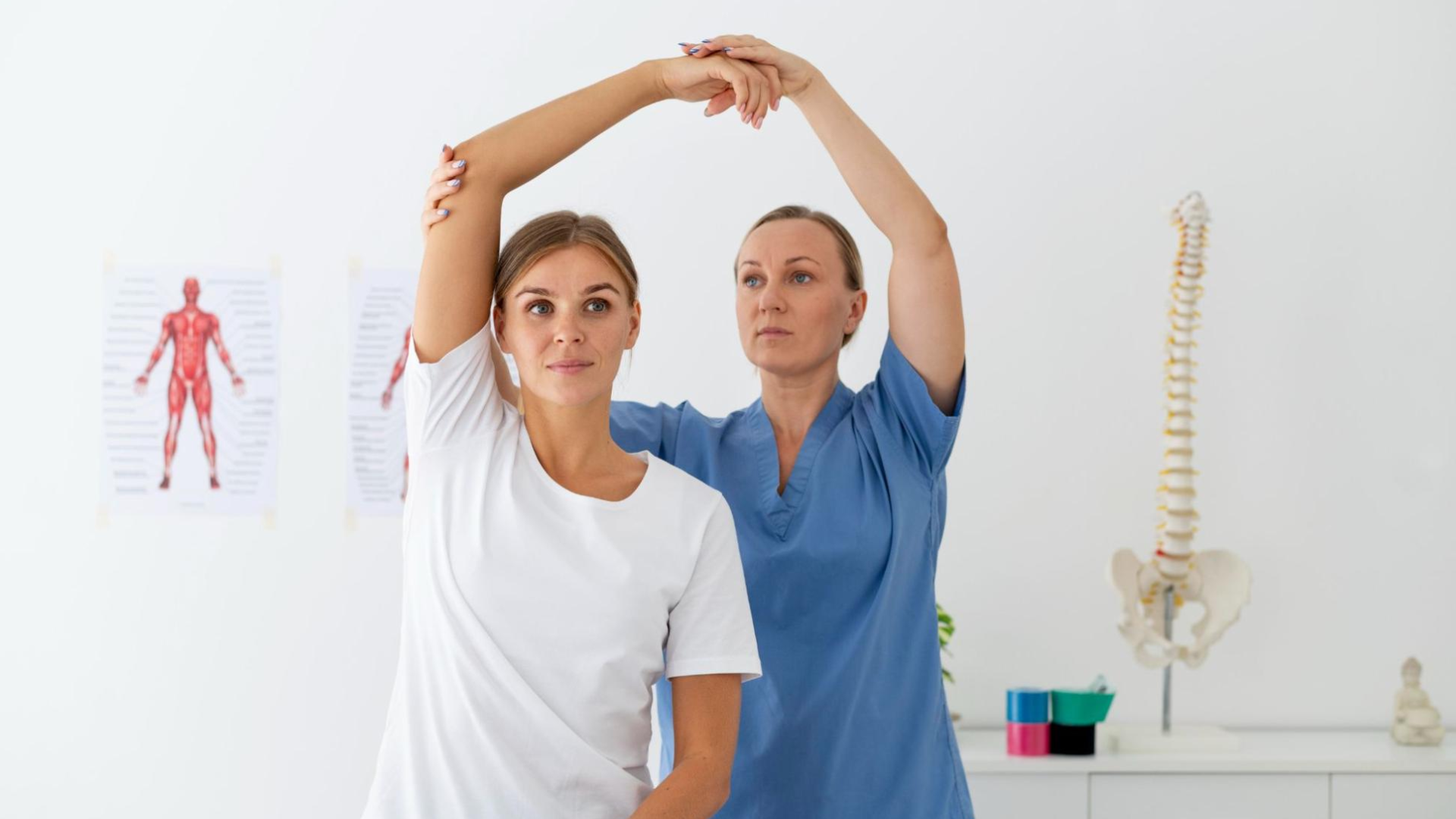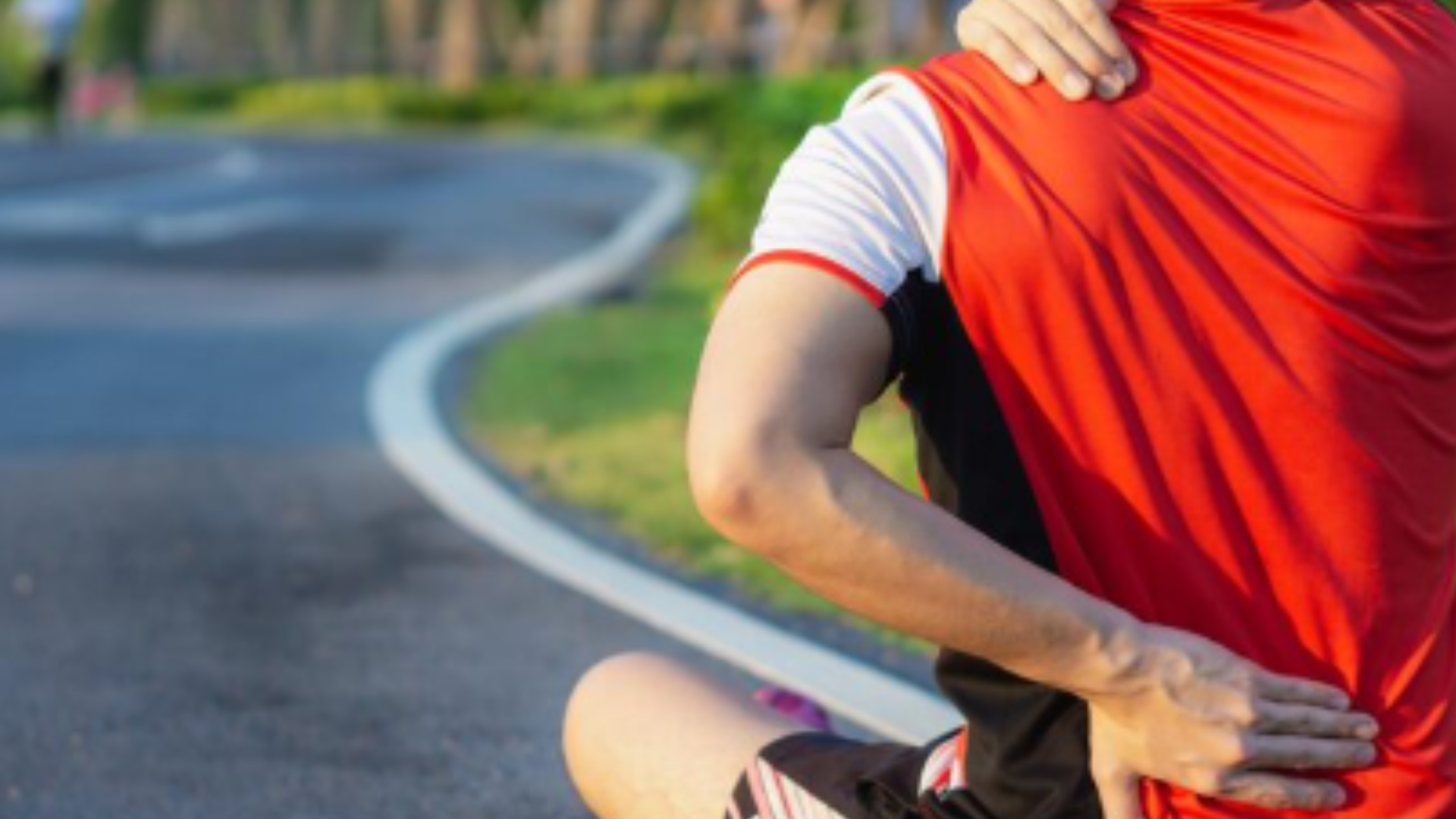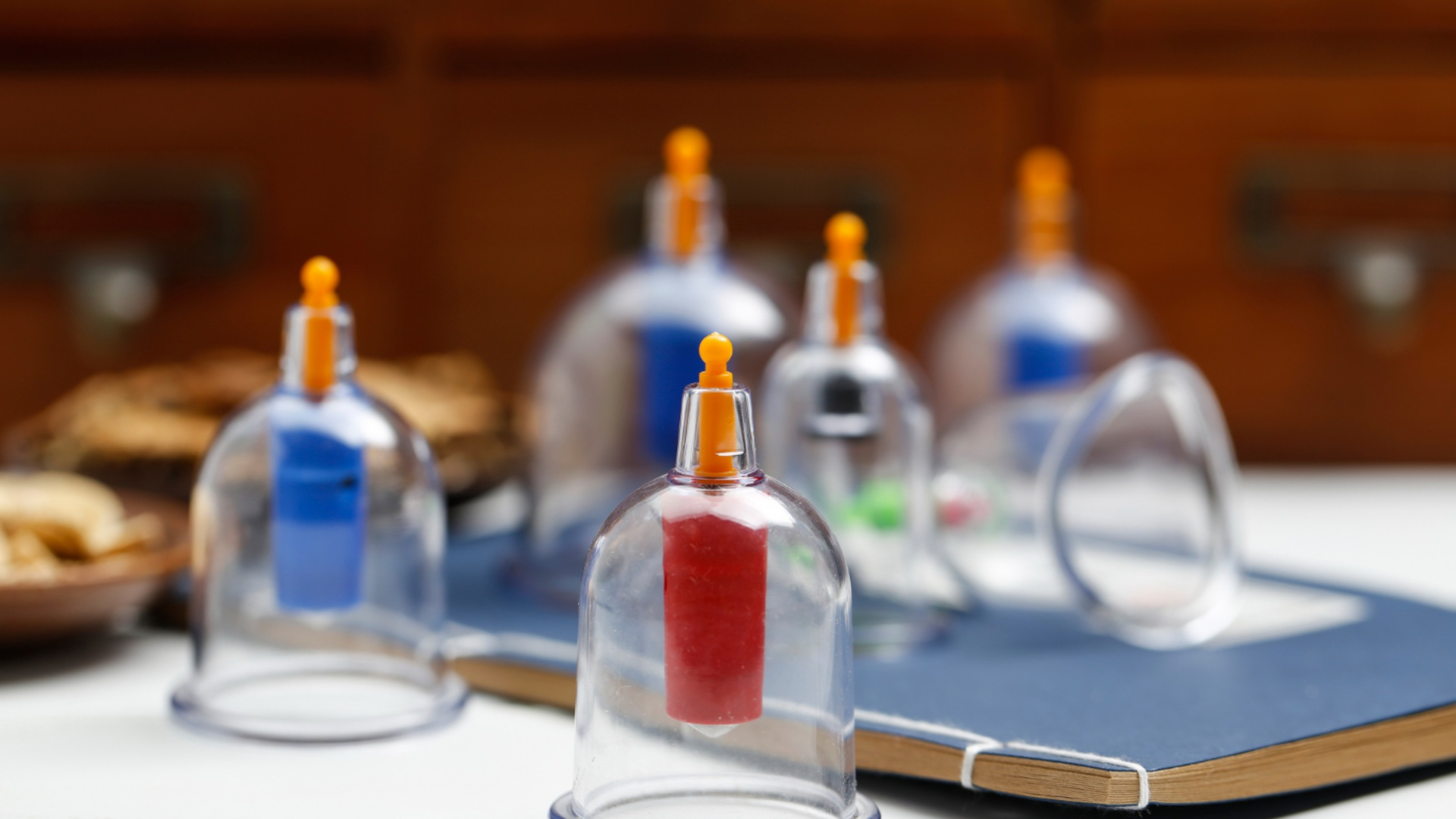When you’re training hard, what you do after the session matters just as much as the reps and sets. Recovery isn’t a luxury anymore—it’s part of the process. And if you’re aiming to stay injury-free, improve performance, or just not feel wrecked every morning, it pays to get it right.
That’s why centres offering the best sports recovery in Dubai don’t treat recovery as an afterthought. They build it into the training lifecycle. No guesswork—just proven techniques that help your body repair and reset.
Why Recovery Isn’t Just a Rest Day
Most people think recovery just means lying on the couch and skipping a workout. It’s not. Good recovery is active. It’s what helps your body respond to training, not just recover from it.
Every heavy lift or long run breaks your body down a little—muscles tear, joints strain, inflammation kicks in. Without proper recovery, that wear and tear adds up fast. You feel slower, stiffer, and more likely to get injured.
That’s why many athletes in Dubai now schedule recovery just like they schedule their workouts. Not because it’s trendy—but because it works. With so many advanced recovery options available, people are doing more than just foam rolling and hoping for the best. They’re using tools and therapies that actually speed up how the body heals.
It’s not about taking it easy. It’s about being smart. The right recovery approach helps you show up to your next session feeling ready—not worn out from the last one.
7 Recovery Techniques That Actually Get Used (and Why)
1. Cryotherapy
Cold therapy has been around forever, but cryotherapy takes it to the next level. Step into a chamber cooled to -100°C, stay for two or three minutes, and come out feeling like you just hit reset.
It’s not just for the shock factor—cryotherapy reduces inflammation, relieves soreness, and helps speed up muscle repair. Localised versions also exist, where cold air is directed at a specific area, like a sore shoulder or swollen knee.
No fluff. Just quick, effective recovery that a lot of athletes swear by.
2. Compression Therapy
Seen those huge inflatable boots people wear while relaxing in recovery lounges? That’s compression therapy. Systems like NormaTec use air pressure to massage your limbs and help flush out lactic acid and waste products.
If your legs feel heavy after a run or your calves are fried after a tough gym session, this stuff helps. You can sit back, relax, and let the boots do the work.
3. Deep Tissue Sports Massage
A proper sports massage isn’t just about relaxing. It’s about fixing things. The best sports massage in Dubai isn’t gentle, and it’s not about candles or mood music.
It’s about pressure, technique, and muscle knowledge. These therapists dig deep, work through knots, and target the areas that take a beating during training. Yes, it can hurt. But the good kind—the kind that helps you move better afterward.
4. Cupping Therapy
Looks weird. Feels weird. But it works.
Cupping creates suction on the skin, lifting tissue and pulling blood into the area. That helps loosen up tight spots, improve circulation, and speed up healing. You’ll probably leave with some circular marks—but most people say they feel way looser afterward.
It’s especially good for stiff backs, tight traps, or hamstring tension that just won’t go away.
5. Hydrotherapy & Cold Plunges
You’ve seen the cold plunge tubs—and yes, they’re as cold as they look. Most hover around 10°C, and sitting in one for a few minutes can feel like a shock. But it’s a game-changer for reducing inflammation and helping your body calm down post-training.
Some recovery centres also offer contrast therapy—jumping between hot and cold to really kickstart blood flow. That rapid switch helps with soreness and boosts circulation in a way a warm shower never could.
6. Red Light Therapy
This isn’t sci-fi. Red light therapy uses low-level light to help your cells recover and reduce joint pain or muscle fatigue. It’s painless and completely passive. You just lie there while the light does its thing.
Full-body panels or smaller handheld devices are used, depending on what needs attention. Athletes with chronic soreness or those coming back from injury often see the best results here.
7. IV Therapy
After a tough outdoor session—or even just a long gym day in the Dubai heat—you’re probably dehydrated. IV therapy goes straight into your bloodstream, replenishing fluids, vitamins, and amino acids fast.
It’s not just about hydration, though. Some blends also support muscle recovery and reduce fatigue. You’re not waiting hours to feel better. You walk in tired, walk out refuelled.
Why Personalised Recovery Matters
Here’s the thing: not everyone needs all seven of those therapies every week.
A good centre offering the best sports recovery in Dubai will actually look at how you train, what hurts, and how your body responds to different treatments. Then they’ll build a plan around that.
Coming back from a minor injury? They might pair cryotherapy with red light sessions. Training for a marathon? You’ll probably rotate between compression, hydrotherapy, and deep tissue work. It’s all about doing what helps your body stay consistent—not following a generic checklist.
Choosing the Right Recovery Centre in Dubai
It’s easy to get distracted by sleek interiors and fancy branding, but what matters is who’s behind the treatment.
Ask these questions:
- Do they have certified sports therapists or physios on-site?
- Are they explaining why they’re recommending something—or just selling sessions?
- Are the tools they’re using medically approved and evidence-backed?
- Do they change the plan based on how your body is actually feeling?
The places offering the best sports massage in Dubai won’t just give you a back rub and send you out the door. They’ll ask questions. They’ll listen. And they’ll adjust based on what you need that day—not what sounds good on a brochure.
Final Thoughts
You’re already putting in the work. Recovery isn’t about doing less—it’s about doing smarter.
From compression boots to cold plunges, IVs to cupping, the best sports recovery in Dubai isn’t about chasing trends. It’s about using tools that actually help you stay in the game, longer and stronger.
Recovery isn’t what happens after the work. It is the work. So if you’re serious about your training, don’t leave it out.
Tags:



